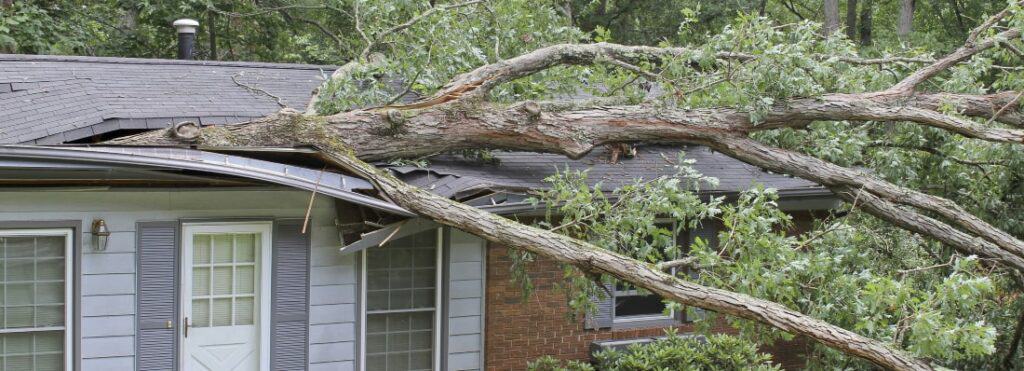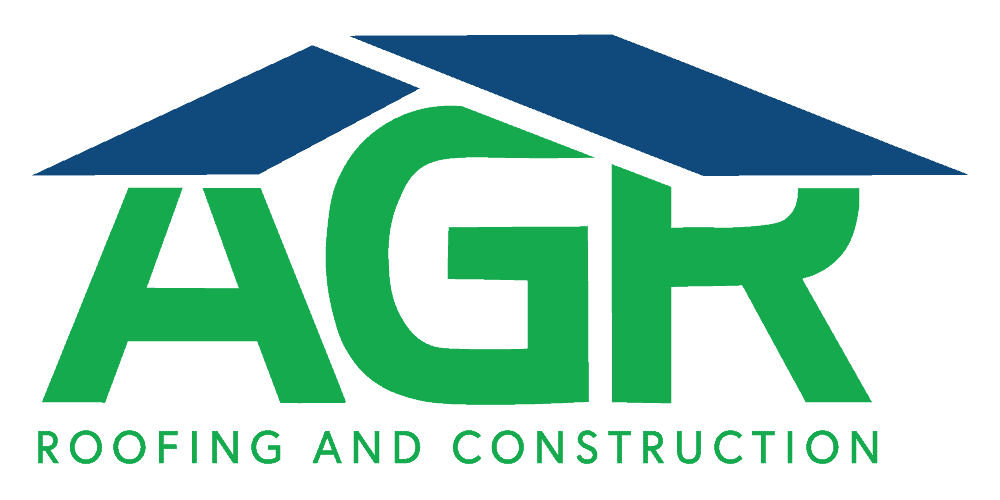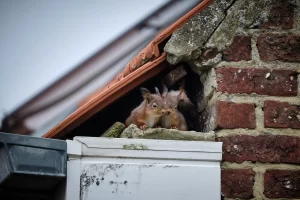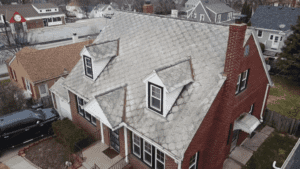Are trees included in your landscaping? This can be one of the smartest or worst decisions you make as a homeowner.
Trees can be wonderful. They add beauty, reduce noise levels, remove airborne pollutants, and protect your home by shielding it from minor damage all year round.
At the same time, trees are largely responsible for major roof damage from falling limbs and branches. Even tree sap, debris, and acorns can damage your roof.
Many yards can be improved with the addition of a tree or two. The key thing is to understand which trees can do the most damage when planted near your home, select the right location, and always keep up with your maintenance.

The following eight guidelines can help you avoid a few of the biggest causes of tree damage.
Avoid Sap Producing and Insect Prone Trees
Try not to plant sap-producing trees close to your house. These include maple, honey locust, elm, birch, and poplar trees.
Sap can drip onto your roof where it collects and dries. A sticky layer of sap is bad enough on its own. But to make things even worse, tree sap attracts feeding insects like aphids and scale insects.
Aphids and scales excrete a sticky substance called honeydew. And this sugar-rich liquid feeds mold growth.
Sticky or hardened tree sap is a nightmare to remove, especially if it made its way into the gutters and surrounding roofing components. There are specialized cleaning products available, but it’s better to avoid this issue altogether.
Avoid Pine Trees
Pines shed needles, pinecones, pitch, and tar. These are all bad news for your roof and gutters.
Pine pitch and tar can create the same hard coating over your shingles as sap. But a layer of fallen pine needles brings even more problems.
Fallen pine needles absorb moisture, clump together, and form pine straw. If it isn’t removed, pine straw will blanket your shingles and get into the gutters.
Your shingles can deteriorate if pine straw, pinecones, and other debris are left to decay on your roof. And mold loves to grow underneath this damp, dark blanket.
Avoid Messy Samara Trees
Whirling helicopter seeds are a botanical fruit called samara. Samara trees often produce vast quantities of seeds. This is great for children and adventurous locavores, but not so much for unlucky homeowners with trees close to the house.
Just like pinecones and needles, samara pods can cover the shingles, get into the gutters, and begin to decay on the roof.
The seed crop load varies with growing conditions and certain trees are known to produce heavier quantities.
Samara trees include:
- maple
- ash
- elm
Silver, Norway, and red maples have a reputation for being heavy seed bearers. So, you may want to place these farther away from the house.

Avoid Fruit or Nut Bearing Trees
Nut and fruit trees can add significant value to your home. However, you don’t want that fruit dropping on your roof.
Fruit, berries, and nuts can be even messier than sap. But these trees bring an additional problem: animals.
Fruit-bearing trees are perfect animal habitats since they offer shelter and a rich immediate food source. Birds and foraging animals naturally gravitate to them.
But you don’t want this within close reach of your roof.
Avoid Fragile, Frail, and Weak Trees
Some trees are weaker than others. Their branches or limbs can break in windy conditions or when snow and ice accumulate. Others, like birch trees, regularly shed their bark.
Tree varieties to look out for include:
- cottonwoods
- Bradford pears
- birch
- oak
- pine
- ash
- sycamore
- silver maple
- paperbark maple
Keep these trees farther away from your house. Or leave them out of your landscaping plan entirely.
Plant New Trees At Least 10 Feet Away from Your House
It’s best to plant trees at least 10 to 20 feet away from your house, depending on how tall the tree is expected to grow.
Here’s are some general guidelines:
- Plant trees that grow 70 feet or higher at least 20 feet away
- Plant trees that grow up to 70 feet at least 15 feet away
- Plant trees that grow up to 30 feet at least 10 feet away
If you want to provide your house with shade or privacy, trees placed 20 feet away will provide a good amount.
Make Sure Your Trees Are Well Trimmed
Already have trees planted close to your house? You certainly don’t have to cut anything down unless it’s weak or compromised.
Never let a tree grow over or come into contact with your roof. Tree branches can abrade your shingles if they rub against them. Gutters can also be damaged by branches in high winds.
It’s fairly common for tree limbs to fall off. This is a minor inconvenience when they land on the lawn. But anything that hits your roof has the potential to cause major damage, either immediately or in the future.
Anything that shifts or loosens the shingles will break the roof’s watertight seal. Once moisture starts collecting, mold and mildew aren’t far behind. And any tear, hole, or opening, no matter how small, represents an immediate entryway for animals and pests.
Further issues are caused by falling leaves and twigs. This plant matter can also cause mold and mildew as it begins to decompose.
The problems caused by broken shingles, mold, leaks, and pest infestations can cost tens of thousands of dollars to repair. So, always make sure to keep the limbs and branches trimmed well away from the house.
Have Your Roof Inspected for Damage
Have your roof thoroughly cleaned and inspected regularly, especially if trees are nearby. It’s easier to remove sap, tar, and pitch before they harden.
And a yearly or twice-yearly inspection will catch early signs of mold, algae growth, and damaged shingles.
Have you let leaves or tree debris pile up on your roof? Get in touch with us for an inspection and we’ll send a roofer over as soon as possible. For emergency repair services, please call us at (402)639-1218.





